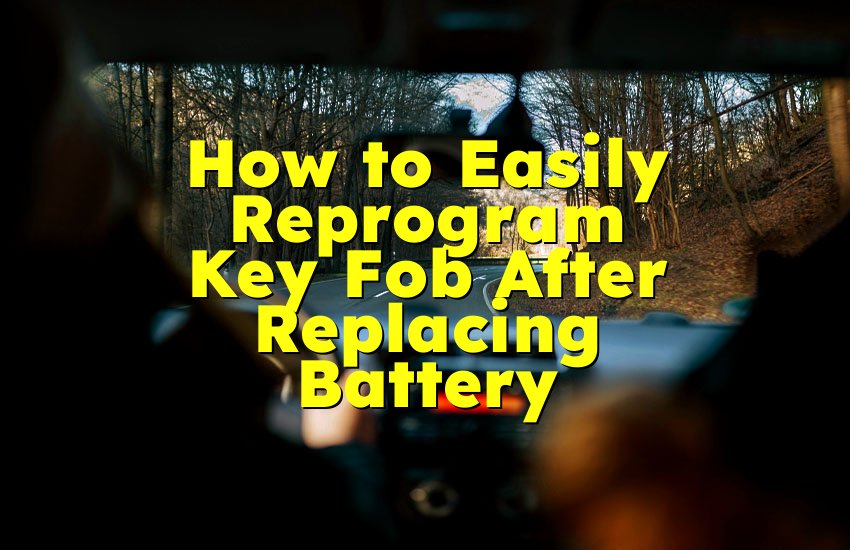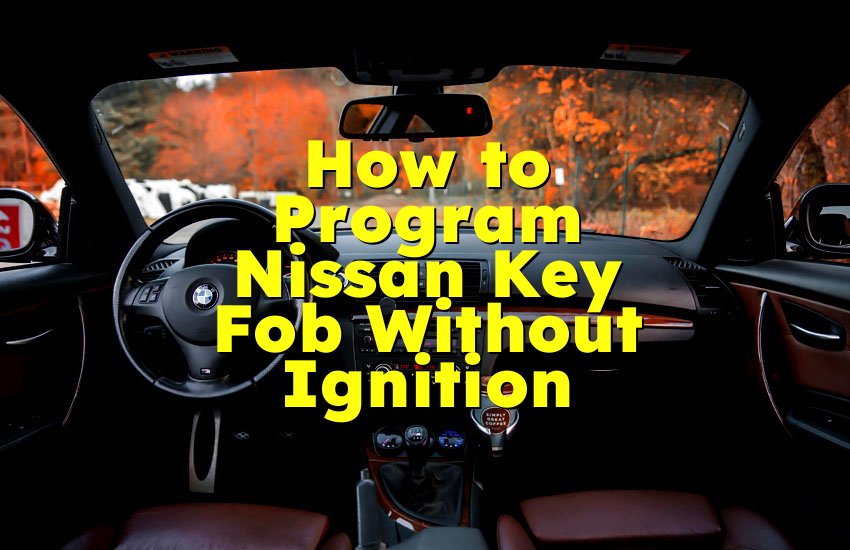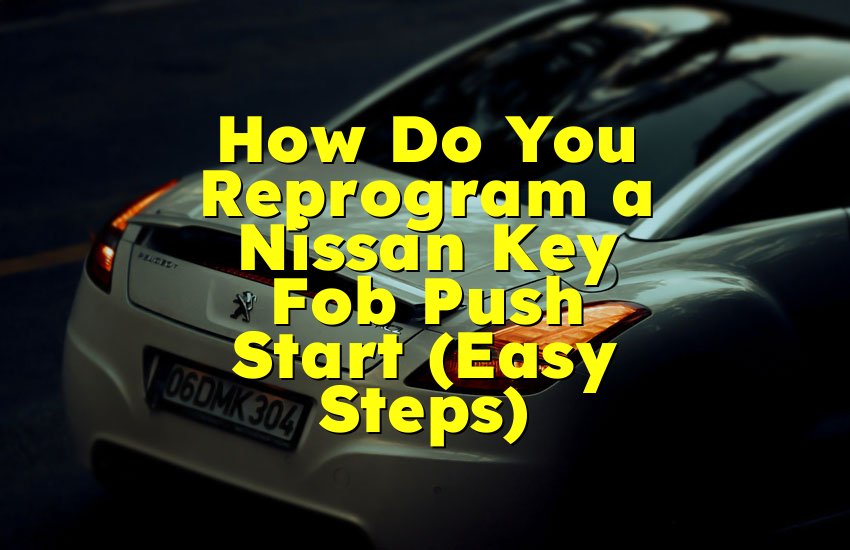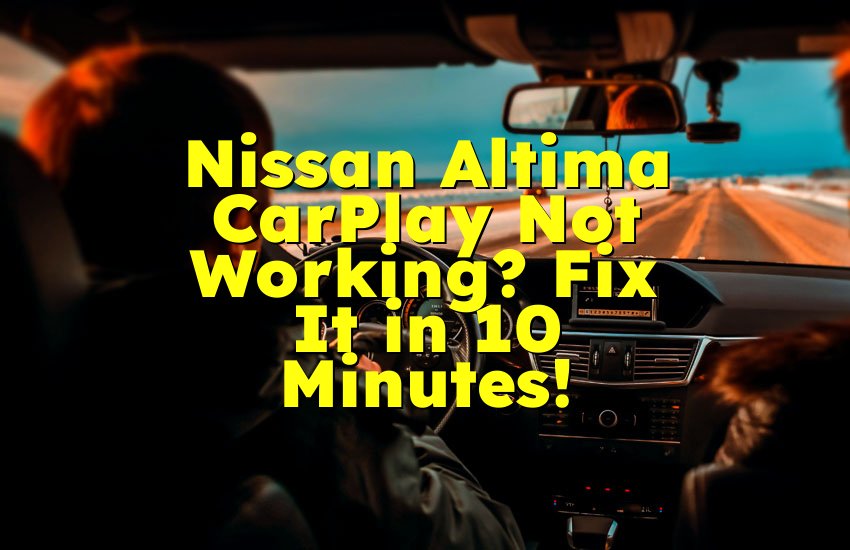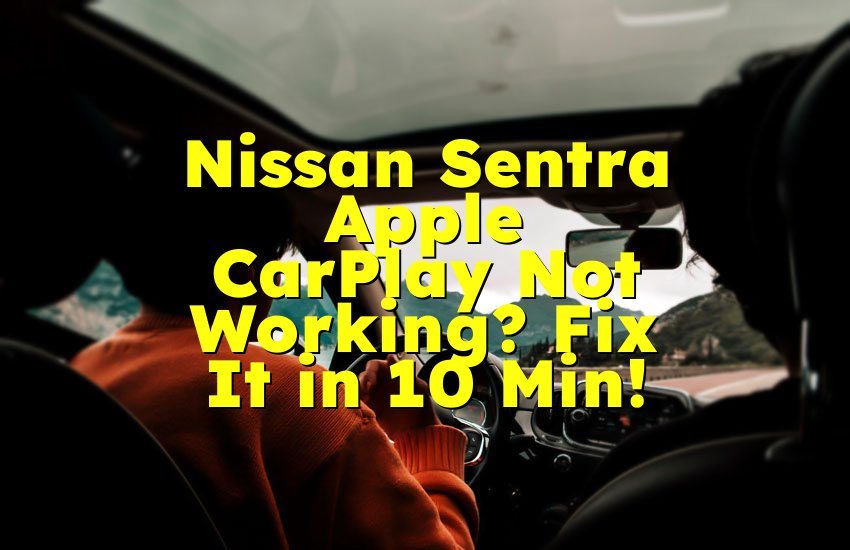As an Amazon Associate, I earn from qualifying purchases at no extra cost to you.
No Jumper Cables? How You Can Still Jumpstart Your Car
You might be standing in a parking lot, your car won't start, and you don't have jumper cables. Panic might hit, but take a deep breath—you can still bring your car back to life. I've been there myself, and it's a moment that can make you feel stuck and helpless. But guess what? There's a simple way to jump a car even if you don't have cables. This article will show you step by step how to do it safely and easily, especially using the push-start method that really works.
Understand If Your Car Can Even Be Jumped Without Cables
Before doing anything else, you have to know if your car can actually be started without jumper cables. This is super important because not every car can be jumpstarted this way. If you try the push-start method on the wrong type of car, you might waste your time or even damage the vehicle.
First, check what kind of transmission your car has. The push-start or bump-start method only works with manual transmission cars. If your car has an automatic transmission, this method will not work at all. Most newer cars are automatic, so this is the first thing you must confirm.
You also need to check the battery. If the battery is completely dead, it won't work. The push-start method only works when the battery is low or weak but not totally gone. If the lights come on or you hear a faint click when turning the key, you have a better chance of success.
Another thing to check is your car's location. Is it on a hill or slope? That makes the push-start method much easier. If not, you will need someone or a group of people to help push the car. This is not something you can usually do by yourself unless the car is very light or on a slope.
Now take a quick look at safety. Make sure the area is clear of traffic. Don't try to push a car in the middle of the road or near other vehicles. Safety should always come first. It's okay to be in a rush, but never risk your health or others' to save a few minutes.
Some signs that your car might work with a push start:
- Manual transmission (stick shift)
- Weak but not completely dead battery
- Flat or slightly sloped surface
- Safe, open space with room to move
- One or more people to help push
If your car checks all these boxes, you’re good to move to the next step.
- Manual transmission cars are needed
- Battery must not be fully dead
- Look for a slope or helpers
- Always check for a safe area
- Automatic cars cannot be jumpstarted this way
Put Your Car in the Right Gear and Turn the Key to On
Once you’re sure your car can be push-started, now it’s time to set up everything correctly. This step might seem small, but if you get it wrong, the push-start won't work, no matter how many people push.
Start by getting inside your car and putting the key into the ignition. You don't need to turn it all the way to start the engine yet. Just turn the key to the ‘on’ position. This turns on the fuel system and electronics needed to start the car. You might hear the ding or see the dashboard lights come on—that's what you want.
Next, put the car in second gear, not first. This surprises many people, but second gear works better for push-starts. First gear can cause the car to jerk too hard and stall. Second gear makes the start smoother and gives the engine a better chance to catch and keep running.
Now press and hold the clutch pedal all the way down. Keep your foot on it. This is key because you'll be letting the clutch go at just the right moment to jump the car's engine into action.
Also, make sure the parking brake is off. You can't push a car if the handbrake is engaged. Double check this before the pushing begins.
So here’s what to check before the push:
- Key turned to ‘on’
- Car in second gear
- Clutch fully pressed
- Parking brake off
Once all that is ready, you can move to the next part—getting the car rolling.
- Turn key to ‘on’ but don't crank
- Use second gear, not first
- Hold the clutch pedal down
- Release the parking brake
- Be ready for the car to move quickly
Push the Car to Build Speed
Now that the car is in the right gear, clutch pressed, and key on, it's time to make it move. This is where the real action happens. You'll need to either push the car yourself (if it’s on a hill) or have one or two people help push it from behind.
If you're lucky enough to be on a downhill slope, gravity is your best friend. You can simply let the car roll on its own. Still, stay inside the car, keep your hands on the steering wheel, and make sure you're ready to steer and brake.
If you're on flat ground, someone needs to help push. Ask friends, bystanders, or even a kind stranger. It might feel awkward, but many people are happy to help. Be polite and explain the situation.
Make sure the person pushing is safe. They should push from the back, not the side. Make sure no one is standing in front of the car. Always stay in the driver's seat to guide the car and be ready to start the engine.
Your goal is to reach about 5 to 10 mph. That's fast enough for the engine to turn over when you pop the clutch. It's like riding a bike—too slow and it won't move, but a little speed makes it much easier.
Keep your foot on the clutch the whole time until you’re ready to release it in the next step. Don’t lift it too early or the car might stop suddenly or jerk forward.
- Push from behind, not sides
- Aim for 5 to 10 mph
- Stay in driver's seat and steer
- Hold the clutch until ready
- Never push near traffic
Release the Clutch to Start the Engine
This step is the most exciting—and sometimes the trickiest. Once your car has enough speed, it's time to let go of the clutch pedal and let the engine roar to life.
When you feel the car is rolling fast enough (around 5–10 mph), quickly release the clutch pedal. As soon as you do, the car's motion will make the engine spin. If everything works right, you'll hear the engine start to fire.
At that same moment, press gently on the gas pedal to help the engine stay alive. Don't press too hard or too fast. Just a small, steady press gives the engine the fuel it needs to keep running.
If the car jerks or the engine stalls, don't worry. Just press the clutch again, get the car moving, and try one more time. Sometimes it takes two or three tries to get the timing right.
Once the engine starts, press the clutch again so the car doesn't stall. Then shift into neutral and let the car idle for a few minutes. This gives the battery some time to recharge.
Don't turn the car off right away. Let it run for at least 15 minutes before stopping the engine. You want the battery to gain some strength in case you need to start the car again later.
- Release clutch quickly at 5–10 mph
- Lightly press gas pedal
- Don't worry if it stalls—try again
- Once it starts, shift to neutral
- Let the engine run for 15 minutes
What to Do If the Car Still Doesn't Start
If your car still won't start after a few tries, don't give up right away. There could be a few reasons it's not working, and each one has its own fix.
First, check the battery again. If it’s totally dead, even a push start won't work. You might need to find jumper cables or call roadside help.
Next, double check your gear and clutch. Make sure you are really using second gear and not first. First gear can cause jerky starts and stalls. And make sure the clutch is fully pressed before releasing.
Another reason could be speed. If the car is not rolling fast enough, the engine won't turn over. Try pushing a little faster or using a downhill slope.
Also check the ignition. Is the key turned to ‘on’? If it’s still off, the fuel and spark won’t work. Always turn the key before trying.
If none of these work, the issue could be something deeper like a fuel problem, a bad alternator, or a dead starter motor. In that case, you'll need a mechanic.
- Battery might be fully dead
- Double check gear and clutch
- Try faster pushing
- Make sure key is turned to ‘on’
- Call a mechanic if nothing works
Keep Your Car Running and Plan for Next Time
After your car starts, don't shut it off too soon. Drive around for at least 15 to 30 minutes. This helps the battery get charged again. Try to avoid short trips right after a push start.
Also, turn off any electronics you don't need. That means radio, headlights (if it's day), AC, or anything else that pulls power from the battery. This helps your car put all the energy back into charging.
Make a plan for next time. Go buy a set of jumper cables and keep them in the trunk. It's a small price for peace of mind. You may also want to get a small portable jump starter. These devices are easy to use and can start a car without needing another car.
Think about checking your battery health too. Many auto parts stores offer free battery checks. It's worth doing, especially if your battery is more than 3 years old.
Remember, one push-start is okay. But if you keep needing to do it, something is wrong. A good battery should not die often. Check the alternator or have a mechanic take a look.
- Drive at least 15–30 minutes
- Turn off extra electronics
- Buy jumper cables for next time
- Consider a jump starter device
- Get the battery checked
Final Thoughts
Push-starting a car without jumper cables can feel like a small miracle when you're stuck, but it's not magic—it's smart action. This guide gives you all the exact steps to safely do it, and knowing them can make you feel more confident. But remember, this is a temporary fix. Once your car starts, take steps to fix the battery or charging problem so it doesn't happen again. Being prepared with jumper cables or a jump starter can save you next time. You've got this, and now you know what to do when it happens again.
Frequently Asked Questions (FAQs)
Is it safe to push start a car by yourself?
It is not very safe to push start a car alone unless you are on a hill. Even then, you must be very careful. You need to steer and also work the clutch, which can be tricky to do at the same time. If the car gains too much speed, it can be dangerous without someone else there to help. Always try to find another person to help push or guide. Your safety should come first. If you have no help and no slope, wait and call someone instead of trying alone.
Can I push start an automatic car?
No, you cannot push start a car with automatic transmission. These cars need power from the battery to engage the transmission and fuel system. The engine won't turn over like in a manual. If you try to push an automatic, nothing will happen. You will waste your energy and time. For automatic cars, you will need jumper cables, a jump starter device, or roadside help. If your car has an automatic, always keep a jump starter or cables in your trunk just in case.
Do I need help to push start a car?
Most of the time, yes, you will need someone to help push. If your car is on a slope or hill, you may be able to roll it down without help. But on flat ground, one person alone usually can't push a car fast enough. A car needs to roll at 5–10 mph to make the engine turn over, and that takes strength. Even two people pushing can make a big difference. Don't be shy about asking for help. Many people are happy to give a push.
Is it bad for my car to push start it?
Push starting once or twice is not bad for your car. But if you do it often, it can put stress on the clutch, transmission, and battery. It's okay as a backup method, but not something to rely on every day. If your car needs to be push started regularly, then something is wrong. You should get the battery, alternator, or starter checked by a mechanic. Treat push starting as a helpful trick, not a long-term solution.
Can I damage my car if I don't do it right?
Yes, doing a push start the wrong way can cause damage. If you use first gear instead of second, the car might jerk hard and hurt the engine or stall. If you let go of the clutch too early or too late, it might stall or even stop suddenly. If you forget to turn the key to ‘on’, the engine won't start. That's why each step must be followed carefully. Doing it the right way is safe, but skipping steps can cause problems.
Do I need to keep the engine running after a push start?
Yes, absolutely. After the car starts, let it run for at least 15 to 30 minutes. This gives the battery time to charge again. If you shut it off too soon, it might not start again. Try to go for a short drive, avoid heavy electrical use, and don't stop the engine unless you're sure the battery is strong. Also consider turning off anything that uses battery power like lights, music, and AC to help the charging.
Is it okay to ask strangers for help with a push?
Yes, it's okay and often the best choice. Most people are willing to help if you ask nicely. Let them know exactly what you need—just a quick push to help get the car rolling. Be polite, thank them, and stay safe. Make sure no one stands in front of the car. Keep it calm and controlled. It can be a little embarrassing, but it's much better than being stuck and alone. People understand—it happens to everyone.
Can I do something now to avoid this problem later?
Yes, and that's the smart thing to do. Go buy jumper cables or a portable jump starter and keep them in your car. Check your battery health at a local auto parts store—most offer free checks. If your battery is older than 3 years, consider replacing it. Also, get the alternator checked if you've had repeated dead battery issues. These small steps can save you a lot of trouble and give you peace of mind for the future.



